CE433 Embedded Systems
Tutorial 5: Sequential Circuit
Name: Audra Benally
Email: albenally1@fortlewis.edu
1. Title: Sequential Circuit
2. Introduction: This tutorial covered sequential circuits. This
included shift registers, counters and other intricate logic sequences.
3. Materials and Methods:
Materials:
- Computer
- Vivado Software
- GVim Software
Methods:
In the first task two different
equations were derived from the given truth table. From the equation, a
sequential circuit is drawn. For the next task, two methods of
implementing the circuit were simulated. For the 3rd task, four
different shift registers were shown with various input and output
types. In the 4th task, a counter module was chosen from the given
options and simulated. In the last task, verilog files are derived from
a sequential circuit diagram and simulated.
4. Results:
Task 1: Find the logic equations
for q1(n+1) and y from the state table then draw the sequential
circuits.
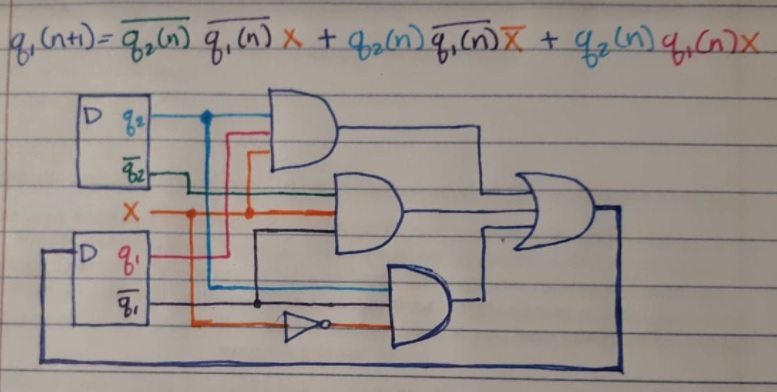
Figure 1. q1(n+1) equation and sequential circuit.

Figure 2. y equation and sequential circuit.
Task 2. Repeat the work in section 3 using two methods.
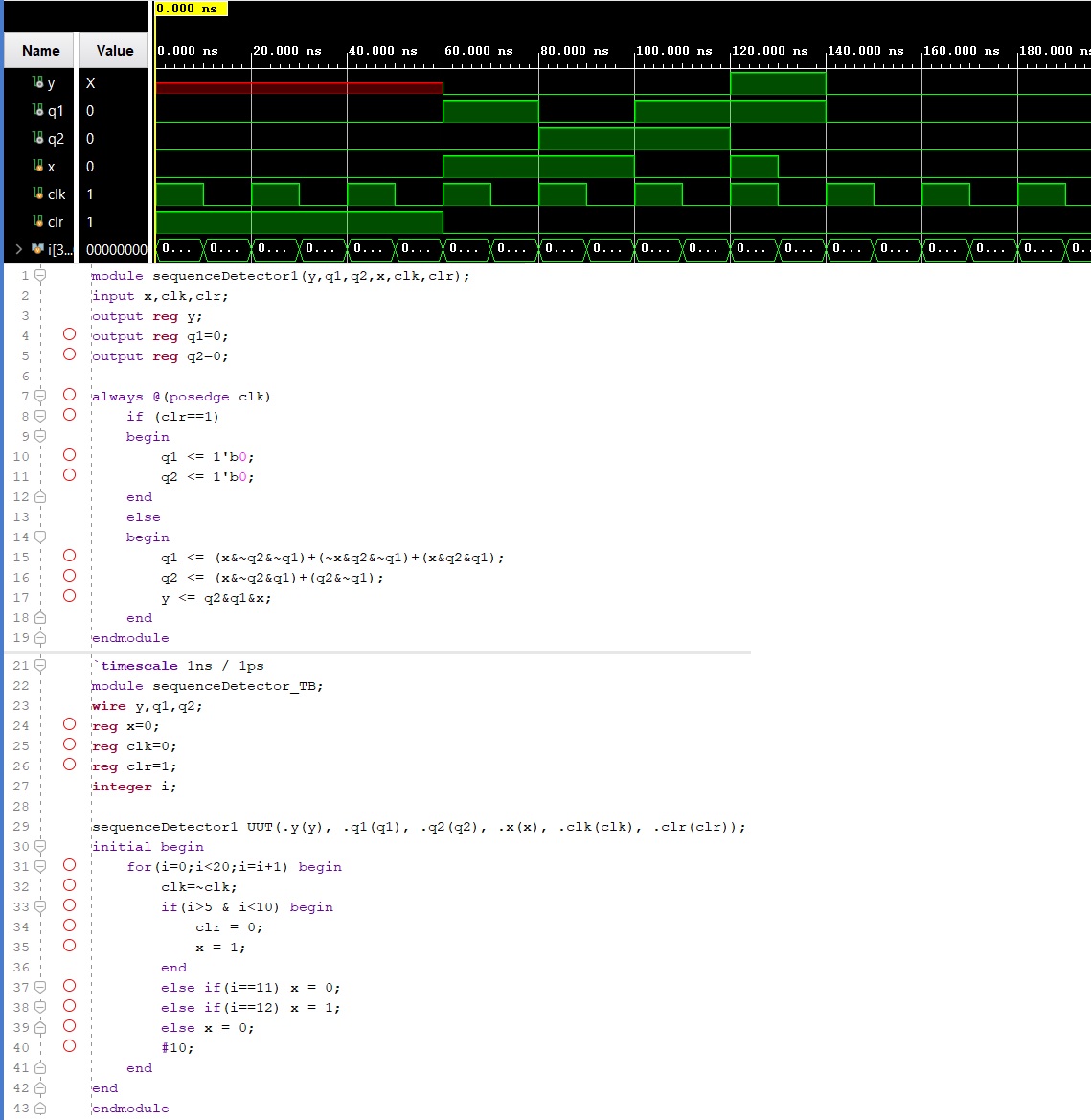
Figure 3. Sequence detector 1 with data flow method.
Task 3. Simulate the four types of shift registers in section 5.
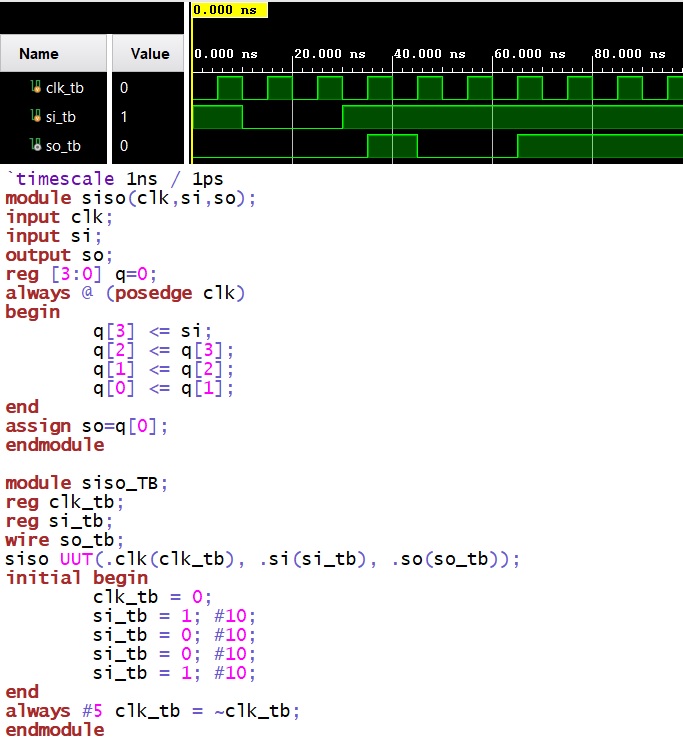
Figure 4. Serial in serial out shifter simulation and file.
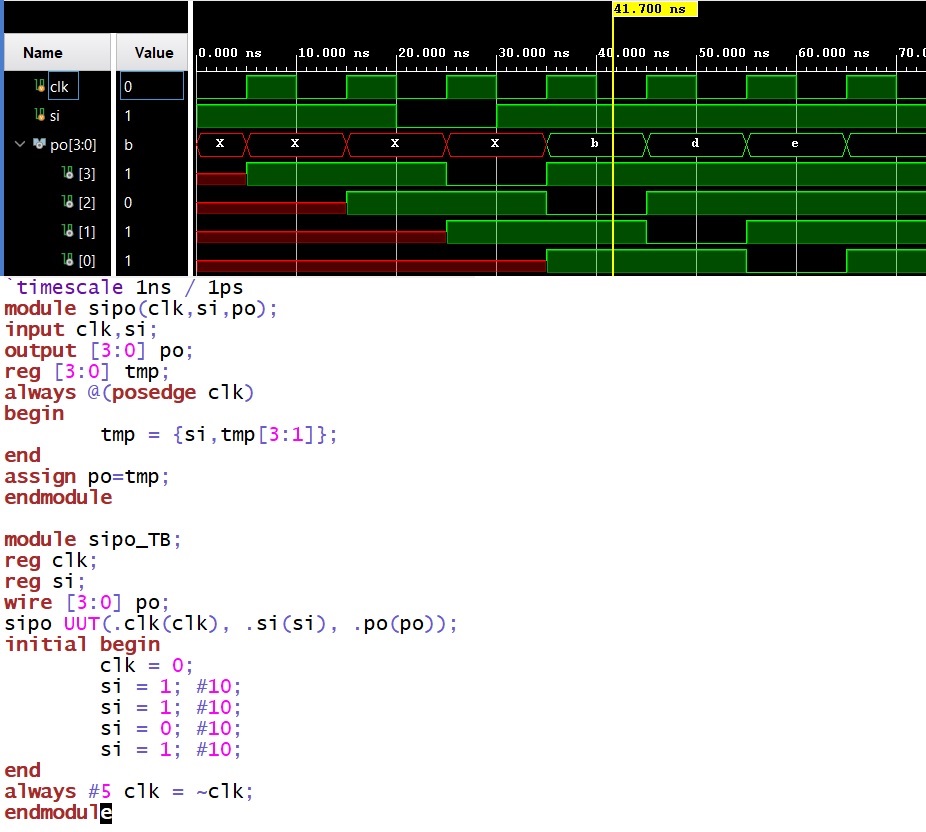
Figure 5. Serial in parallel out shifter.
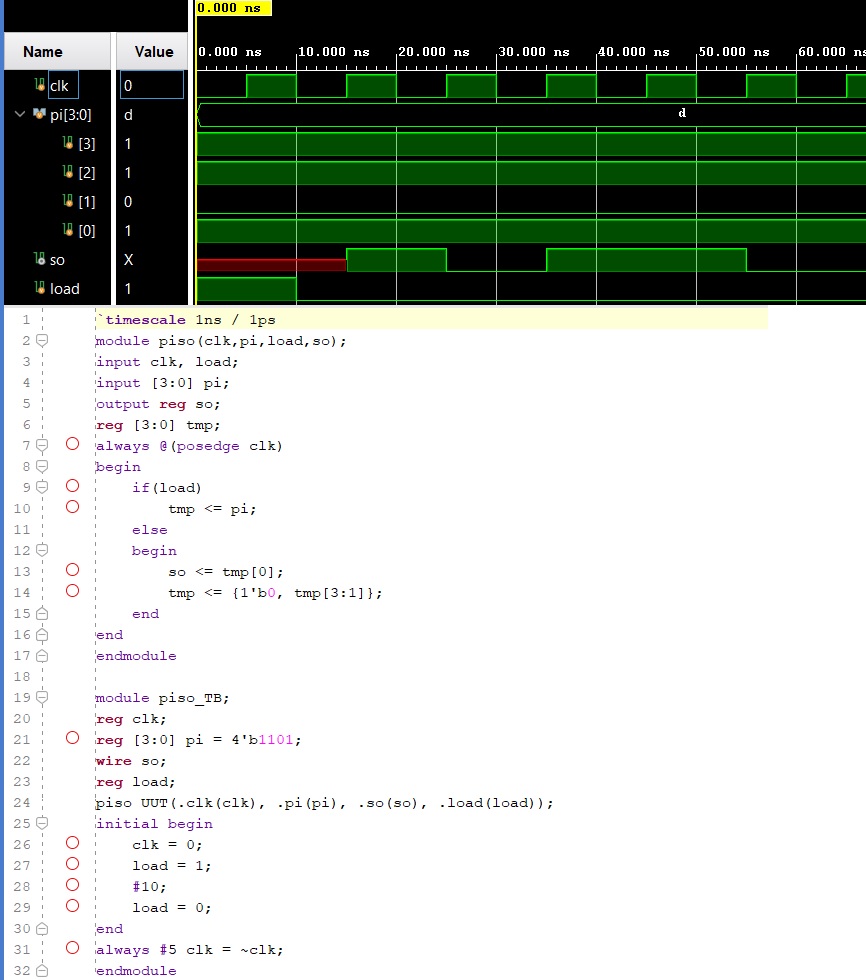
Figure +6. Parallel in serial out.
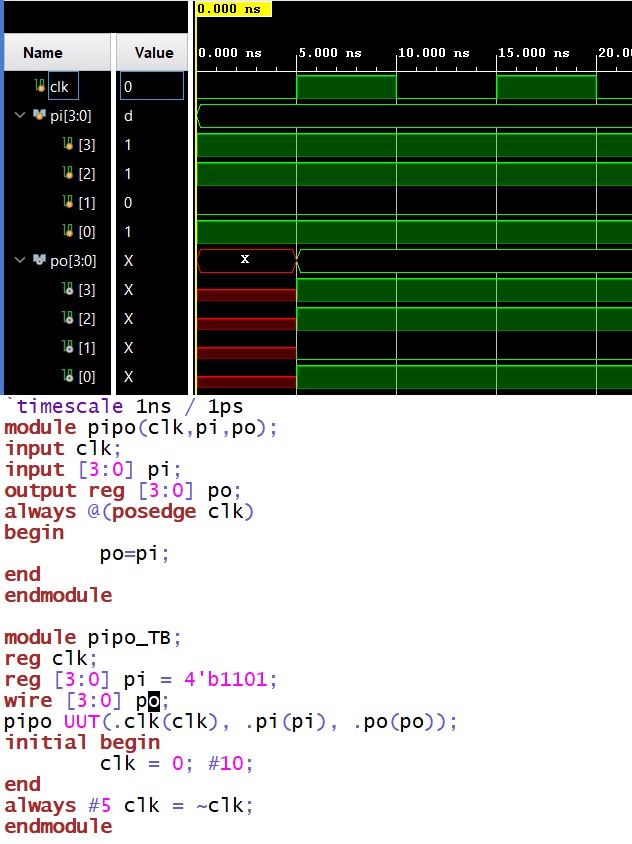
Figure 7. Parallel in parallel out.
Task 4. Build a counter module and show the simulation results.
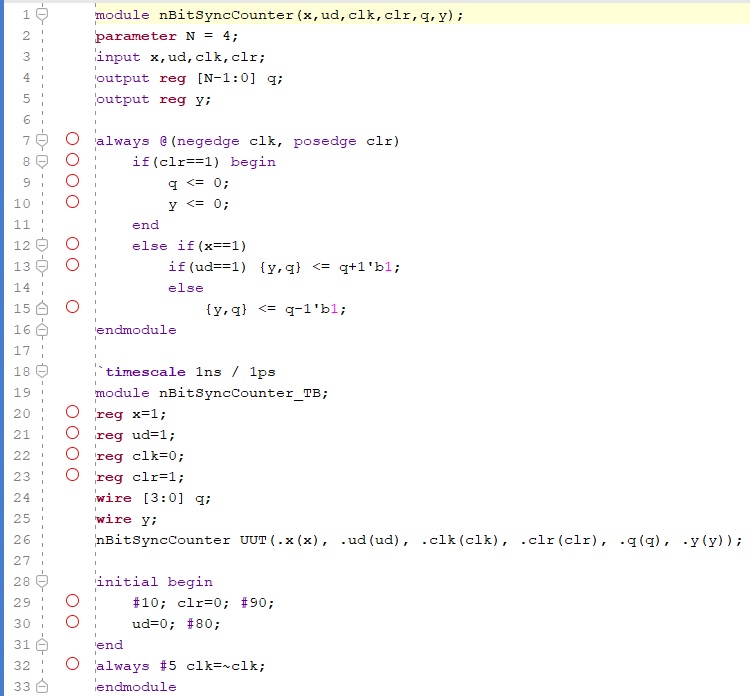
Figure 8. Counter module and testbench.

Figure 9. Counter simulation
Task 5. Find the logic equation of the given circuit and implement in verilog.
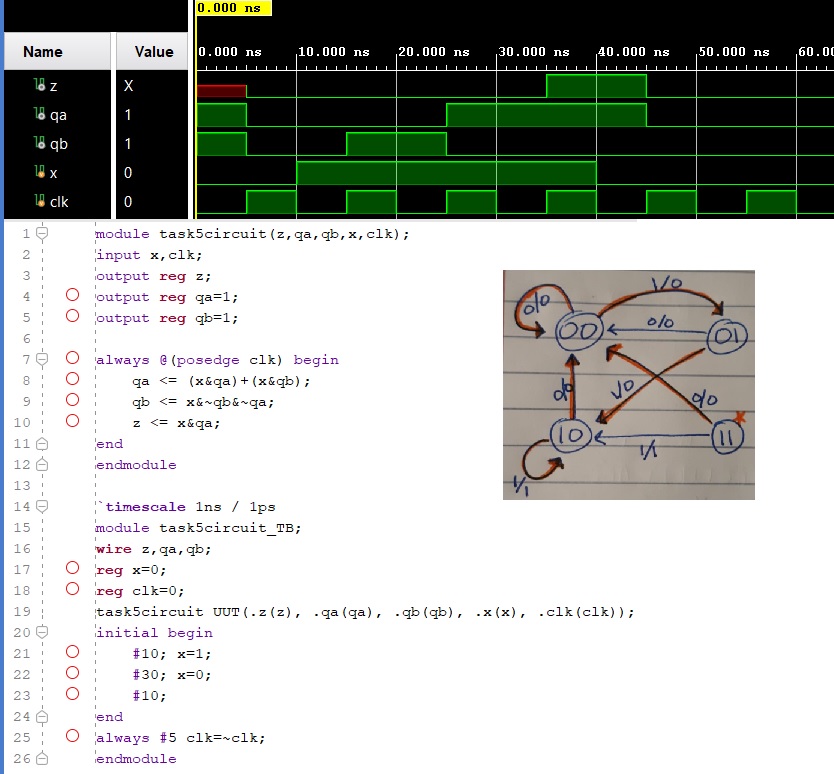
Figure 10.
Task 5 circuit files, simulation and mealy state diagram.
5. Discussion
For this week, the tutorials were easy to understand and follow. I
enjoyed refreshing my memory on concepts and logic blocks that we
learned from fundamentals of logic. It was interesting coding up the
verilog files and running the simulations. I wasn't sure what time the
homework was due so I hope I didn't turn it in too late. Also, the
portion I did not finish is the behavioral files and simulation for
task 2.









